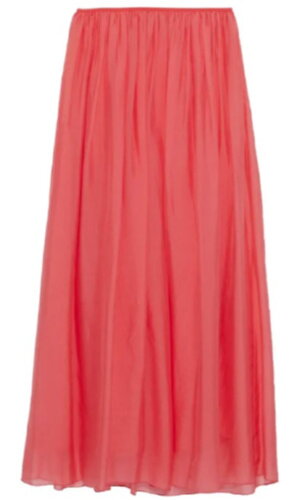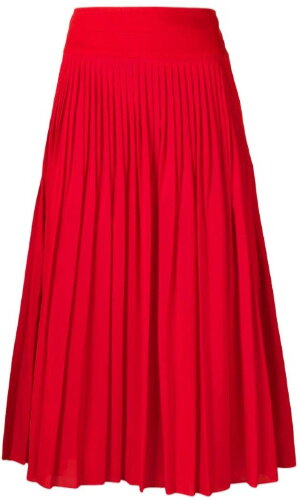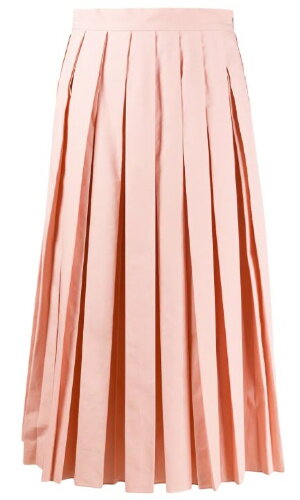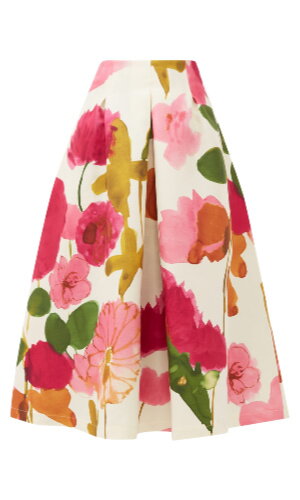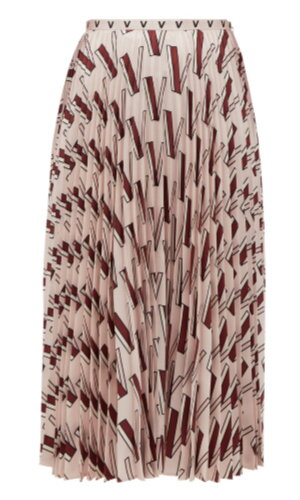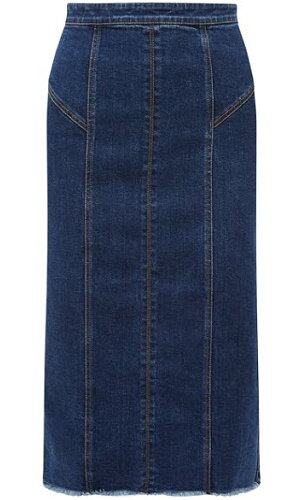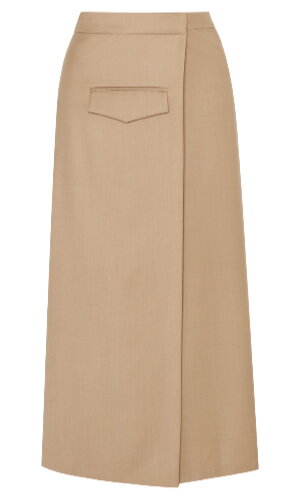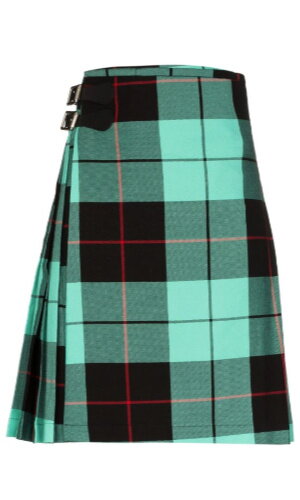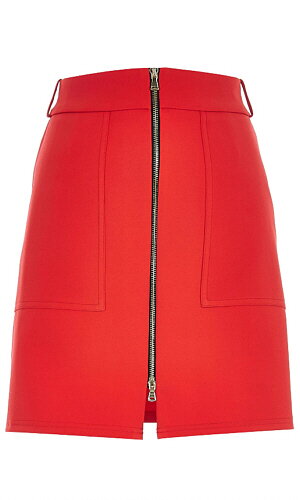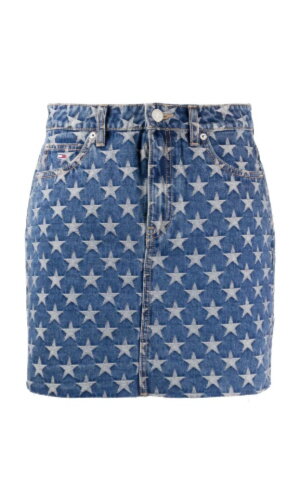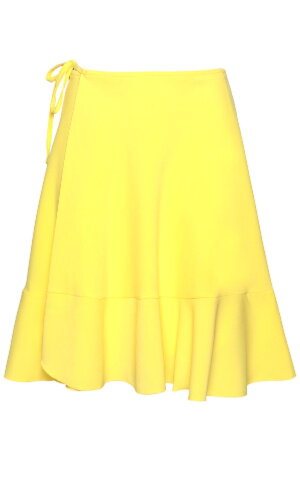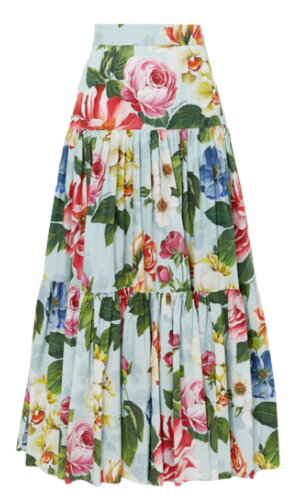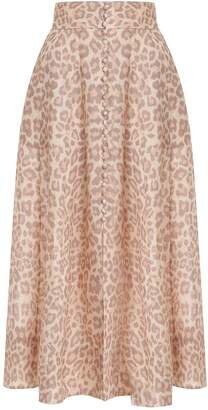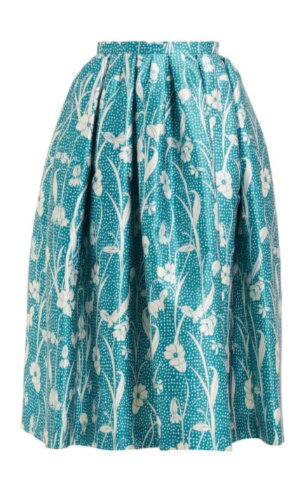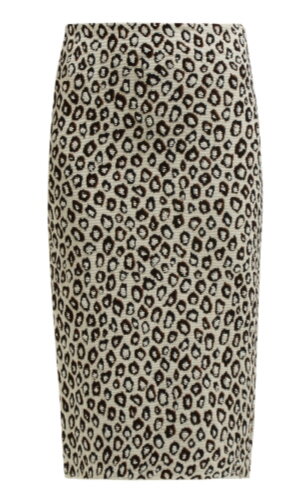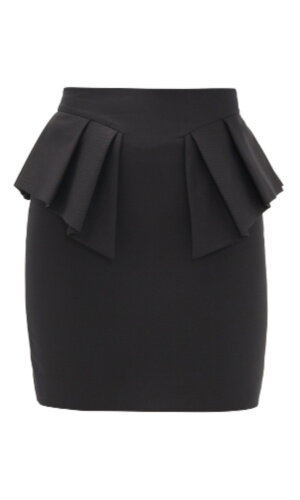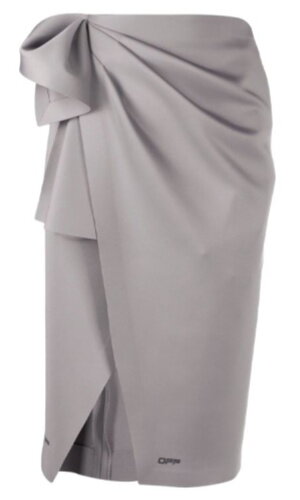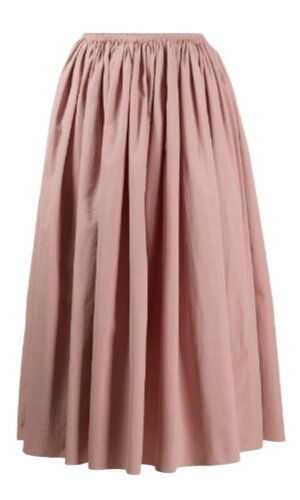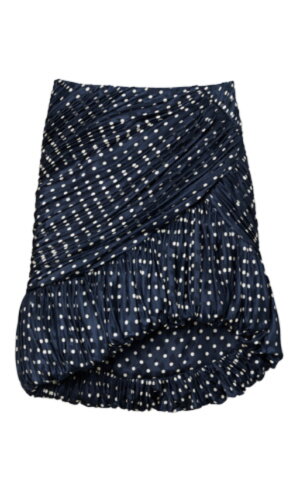Styles for Sample
No comments for this styleStyles
Nothing can spoil a woman's appearance quicker than an inappropriate or unflattering hemline.
For professional environments, conservative hem lengths are best. All skirts rise approximately 7.5 cms (3 ins) when you are seated. Any hem more than 5 cms above the knee when standing will turn into a mini skirt when seated. Women wishing to climb the corporate ladder are best recognised for their ability, not their hem length.
Ultra short skirts should be left to the young and slender. Medium lengths work well with most women, and tall women most successfully wear long hemlines. In general, the lower and fuller the hemline, the shorter and heavier you will appear. Skirts longer than 5 cms below the knee can appear matronly when worn by anyone over fifty.
Light coloured skirts often appear shorter than they really are, and dark coloured skirts can appear longer. If you are a presenter or trainer, think about where you will be standing if teaching from a stage, the length of your skirt hem may need to be a little lower to prevent those in the nearest aisles from seeing too much leg.
Every woman's legs curve in a different place. Regardless of the suggestions in this section, never end a skirt or dress at the fullest part of your thigh or calf unless you are thin, as these lengths tend to make legs appear thicker.
Consider what you look like from the back as well as the front. Skirts with high splits (mid-thigh or higher) highlight the legs and are not a good choice for most women over 40 years old nor professional environments. Inverted 'V' shaped splits at the back of short skirts or dresses make bending over with dignity difficult and inappropriate for business or professional environments.
A longer than recommended hem length can be worn if a higher heel is employed. The extra heel height will lengthen the leg and add to a person's overall height, giving the wearer the proportions to wear a longer skirt.
Be wary of unusual hemlines or skirts and dresses with borders if you are not tall or do not own shapely legs, as the detailing will attract attention to your legs.
To determine your best lengths for skirts and dresses, the following factors have been taken into account.
PRIMARY FACTORS AFFECTING HEMLINES
- Your vertical proportions.
- Your horizontal proportions.
- Your height.
- Your weight.
- Your age.
- Any relevant, prominent features.

